NEGROS ORIENTAL, February 26, 2024 – To provide stable source of water for mixed-crop farmers in rainfed areas, the Department of Agriculture – Special Area for Agricultural Development (DA-SAAD) Central Visayas distributed 150 plastic drums to two (2) farmers associations (FAs) in San Jose, Negros Oriental.
The water storage support, worth Php 555,000, is part of the FY 2023 projects for Cattle and Sweet Corn Production provided to the Janay-Janay Farmers Association and Barangay Basak Farmers Association. This is the last batch of livelihood interventions to complete the Php 5,295,907.50 overall project cost.
See previous article: https://saad.da.gov.ph/2023/09/50-farmers-implement-the-integrated-corn-livestock-project-in-negros-oriental.
The distribution, held last February 7 and 8, aims to bolster farmers’ livelihood projects and enhance their production capabilities. The plastic drums will serve multiple purposes, including water storage for irrigation in distant sweetcorn fields and providing a drinking water source for their cattle. Previously, cultivating crops and raising animals posed challenges, particularly due to their remote locations, far from the stream, their primary water source.
Mr. Eduardo Pigarum, the president of Janay-Janay Farmer Association, expressed his gratitude to the DA, especially to the SAAD program, for the interventions received by the San Jose farmers.
“Salamat DA ug SAAD. Dako kaayu og tabang ang mga plastic drums nga naabot, gumikan kay ang amo-ang area nga tamnan sa sweetcorn, layo kaayo og tubig ug karon naa na mi ma-stockan. Sa panahon nga ting-init, dili nami maglisod sa pagpamubo sa tanom. Amua kini ampingan sama sa ubang nadawat namo nga mga interventions kay gamit pud kaayo ni namo sa panahon nga magpondo og tubig para ipa-inom sa mga baka,” Pigarum expressed.
[Thank you, DA and SAAD. The arrival of the plastic drums is very helpful, particularly because the area where we grow sweet corn is far from a water source. Having these drums in stock will ease our burden during the dry season, ensuring proper irrigation for our crops. We will take care of them like what we do with the other interventions received for these are also useful in providing water for our livestock during times of need.]
Integrated sweet corn and cattle project
As for their sweet corn project which were cultivated in each FA’s 1.25-hectare communal area, the two groups reported Php 5,265 gross income from selling their harvest at Php 20-60 per kilogram. Marketing price differs depending on the variety and quality of corn. Janay-Janay farmers planted the Vinkle F1 variety while the Basak farmers grew Fortune F1 sweet corn.
Sweet corn provides an additional income stream while waiting to market their cattle project. The growing demand for sweet corn in San Jose is fueled by locals who favor its taste over regular corn. As demand increases, crops are promptly sold after harvesting. In February 2024, Barangay Basak FA harvested 93.5 kilograms (kgs) of sweetcorn, selling it at prices ranging from Php 20-50/kg., resulting in a net income of Php 2,020. Despite facing corn pest infestation and drought in 2023, Janay-Janay FA sold their entire harvest at Php 55-60 per kilogram, earning them Php 3,245.
The two associations follow the same income-sharing plan. Seventy percent (70%) is distributed among all members who actively participate in managing the communal farm, while the remaining 30% goes to the association fund. This fund will be used to prepare for the establishment of a community-based enterprise (CBE) in the future.
For the cattle project in Barangay Basak, six (6) cattle are currently in the gestation period, with one artificially inseminated (AI), one having a 4-month-old offspring, and the remaining awaiting signs of estrous or heating period (ovulation). Meanwhile, in Janay-Janay, six (6) cattle are in the gestation period, three are undergoing the 20-day post-AI observation period, one has an offspring, and the others are also awaiting estrous. Both FAs are already preparing their farms to plant the remaining corn seeds from SAAD. ###
Writer: Jessica R. Alvero, DA-SAAD Central Visayas Information Officer
Source: May A. Pialago, DA-SAAD Negros Oriental Community Development Officer II

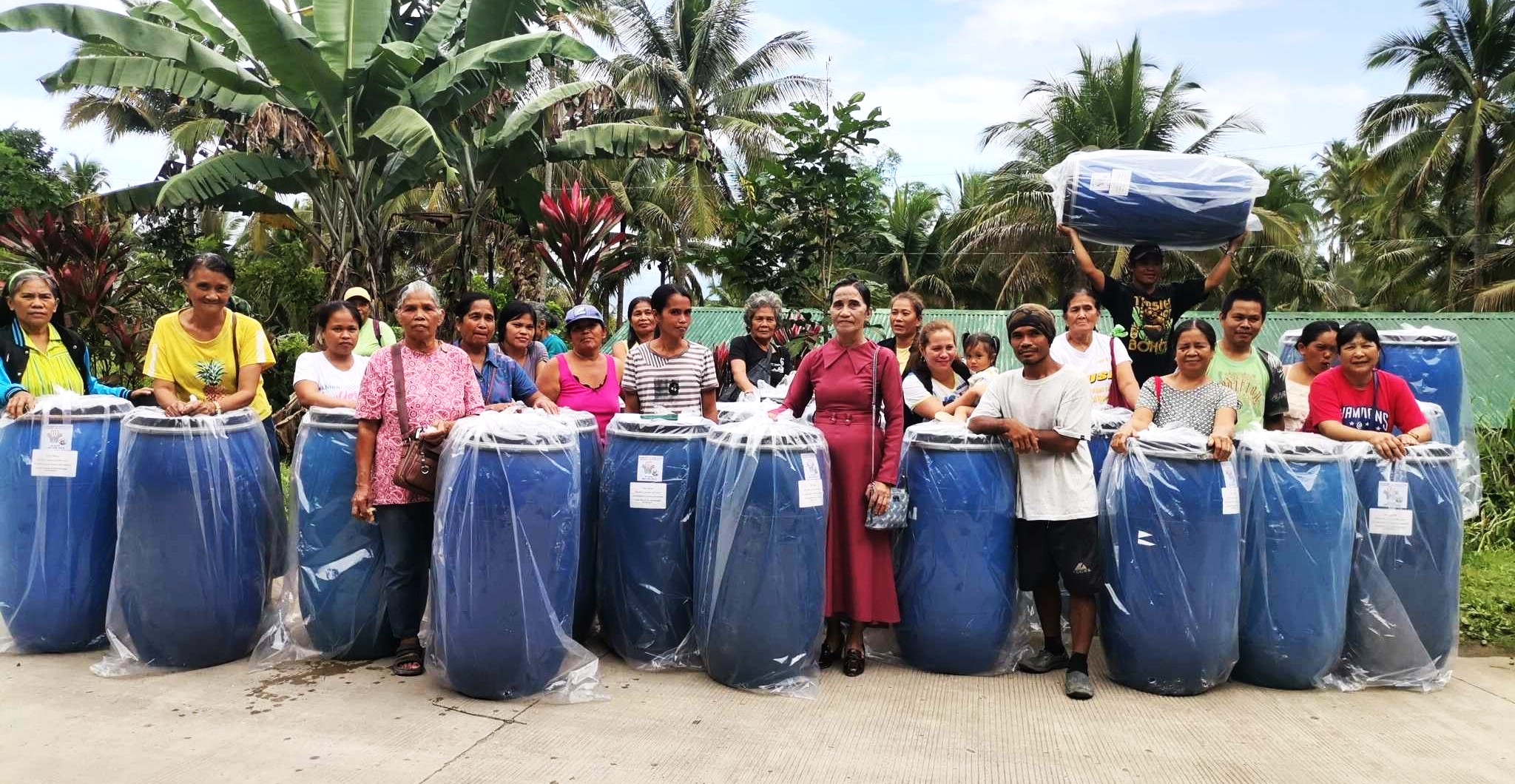
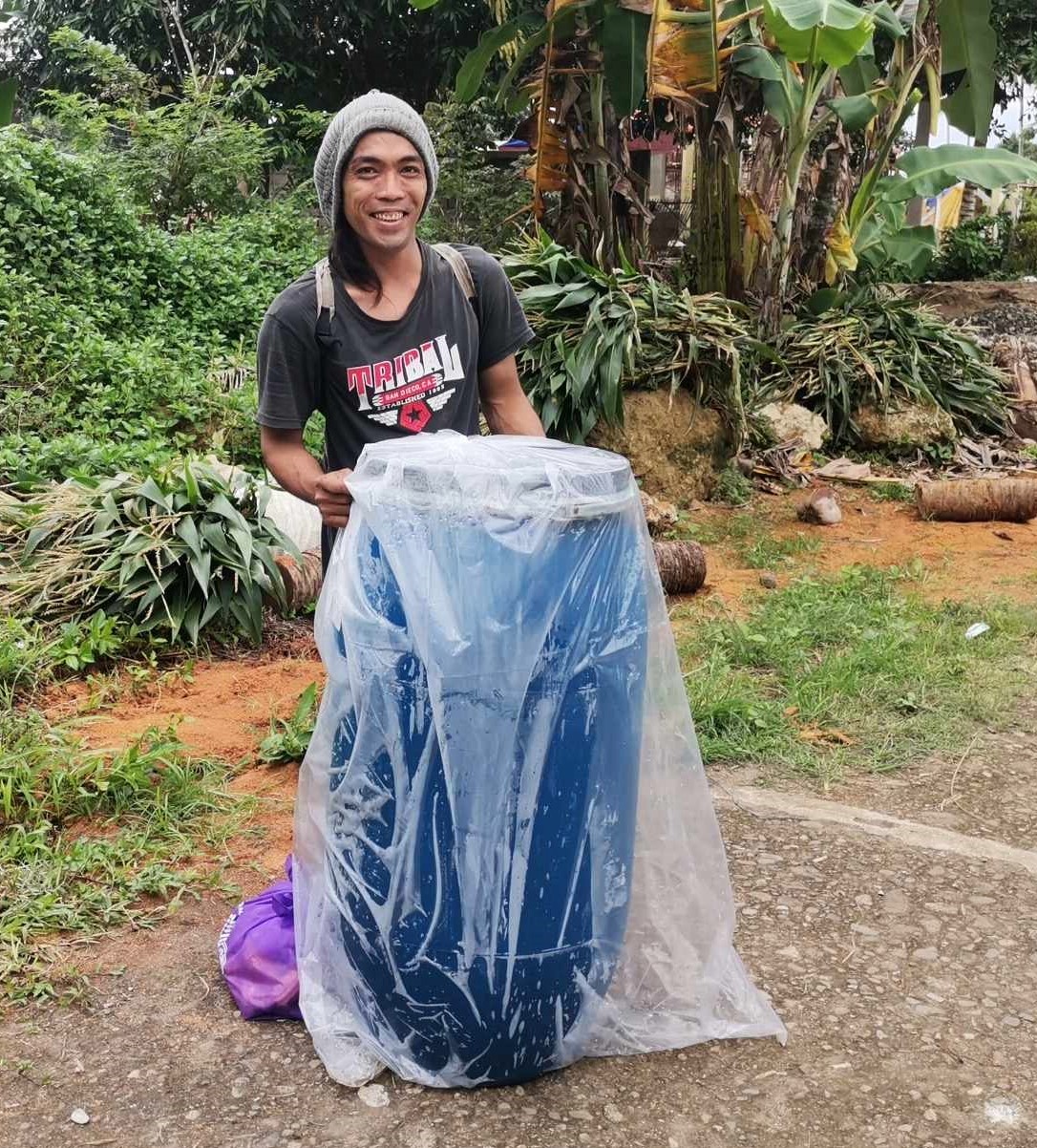
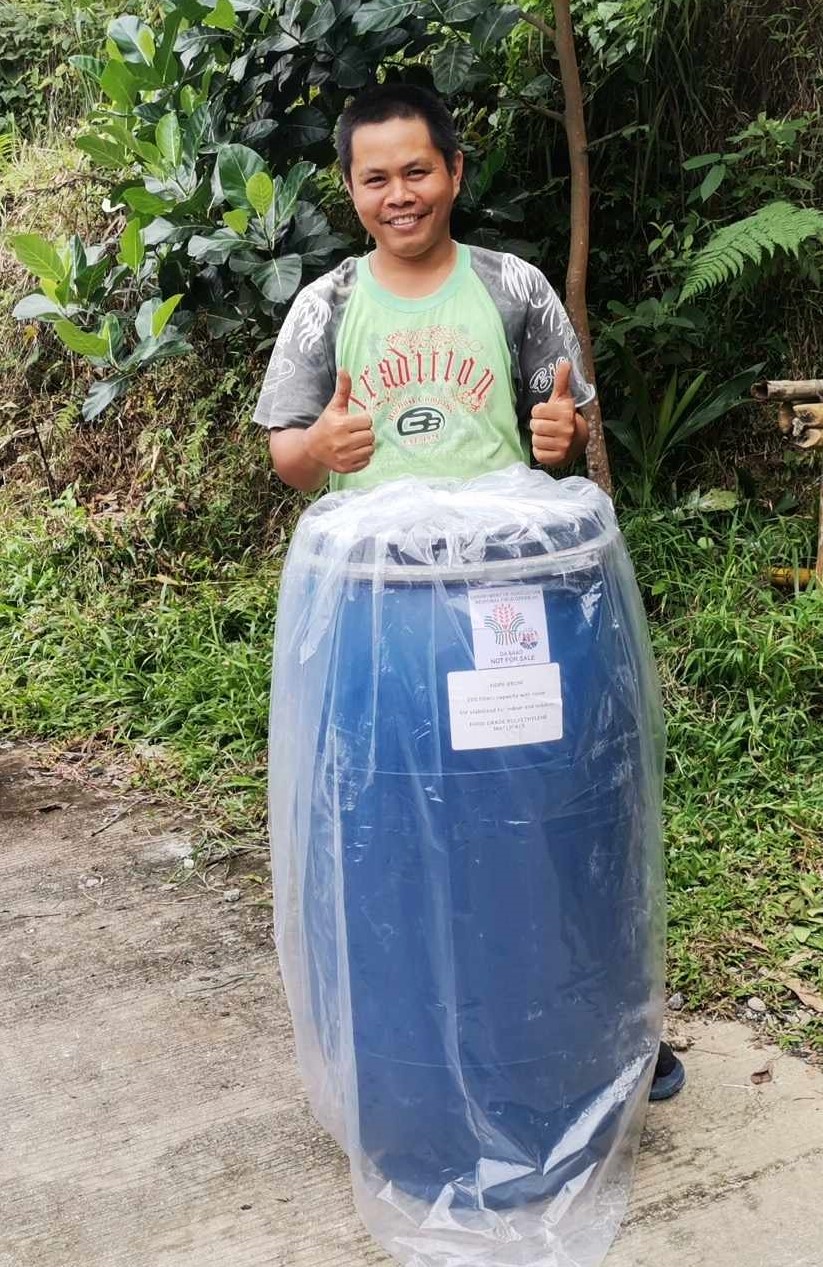
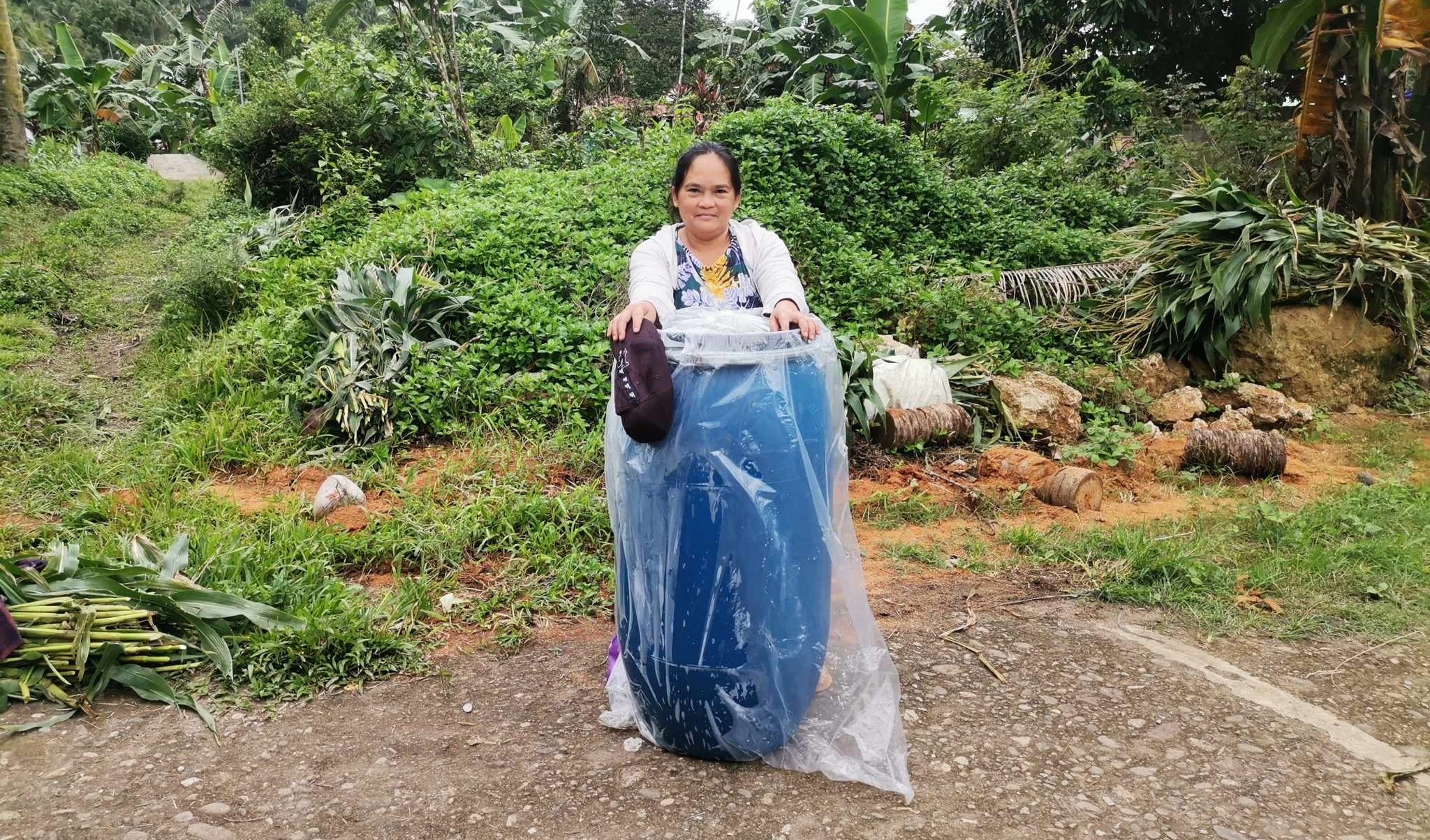
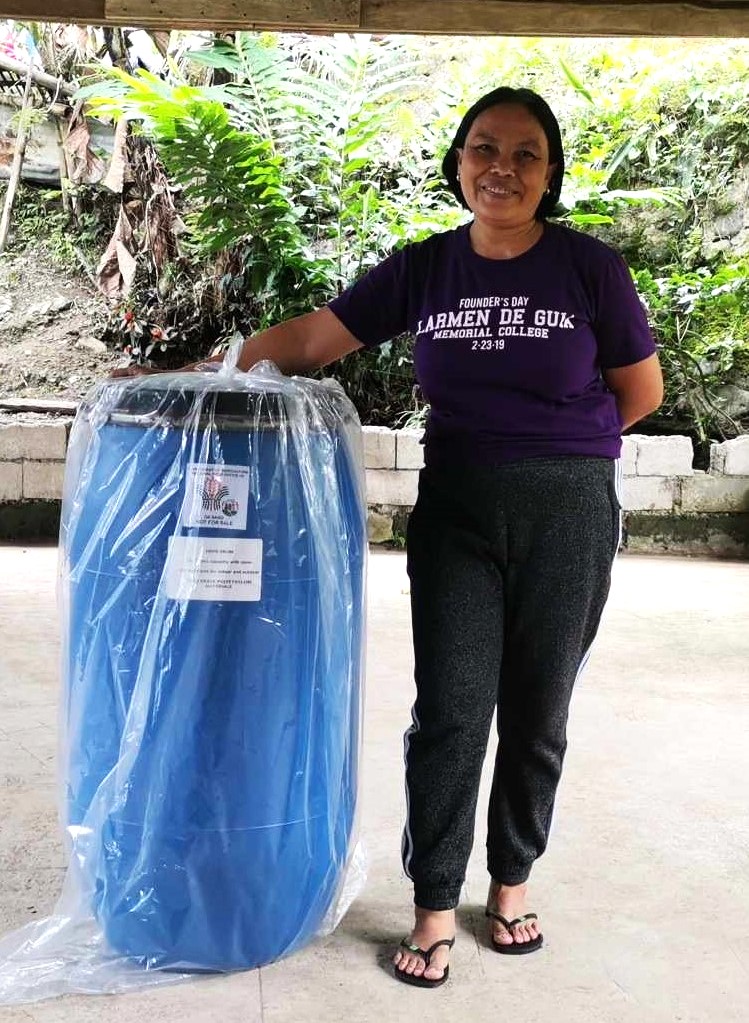
Comments (0)